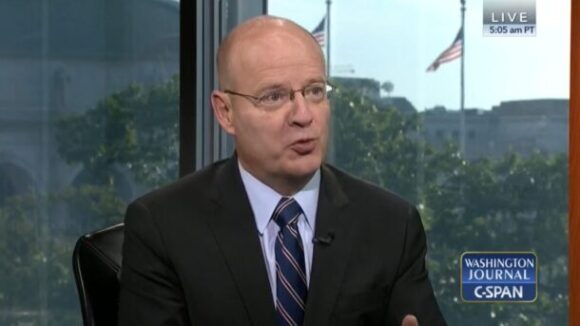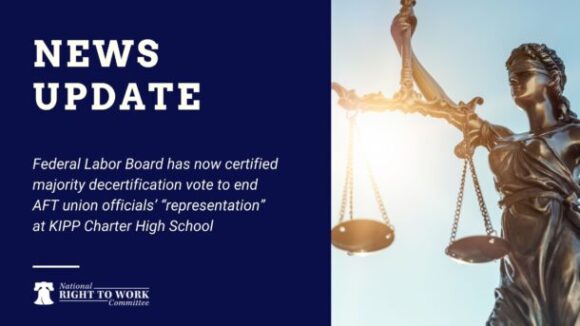Will Team Biden Weaponize Workers’ Pensions?
Big Labor abuse of worker pension and benefit funds as a means of advancing union bosses’ self-aggrandizing policy objectives is a familiar phenomenon.

National Labor Relations Act (NLRA): In 1935, the Federal government forced all states to allow unions to compel employees in the private sector to join and pay union dues or lose their jobs.
Rather than eliminate the NLRA, Congress chose to try to make a bad law better. In 1947 after overriding President Truman’s veto, Congress enacted legislation known as the Taft-Hartley Act. Instead of abolishing the NLRA forced dues sections, Congress added Section 14(b), Right to Work, to provide an “escape hatch” from federally-imposed forced dues authorizations.
Section 14(b) created a federal affirmation that states and territories may enact Right to Work laws and block the NLRA’s federal imposition of forced dues. Under Section 14(b), state Right to Work laws effectively prohibit union officials in most private sector industries from requiring workers to pay union dues or fees in order to get or keep a job.
Eighteen quickly enacted Right to Work laws by 1955.
Contact Congress Today. Tell Them to Sponsor the National Right to Work Act to free every state from Congressionally imposed forced-unionism.

Big Labor abuse of worker pension and benefit funds as a means of advancing union bosses’ self-aggrandizing policy objectives is a familiar phenomenon.

What impact does handing a union monopoly power to deal with your employer on matters concerning your pay, benefits, and work rules have on your pay?

Federal Labor Board has now certified majority decertification vote to end AFT union officials’ “representation” at KIPP Charter High School